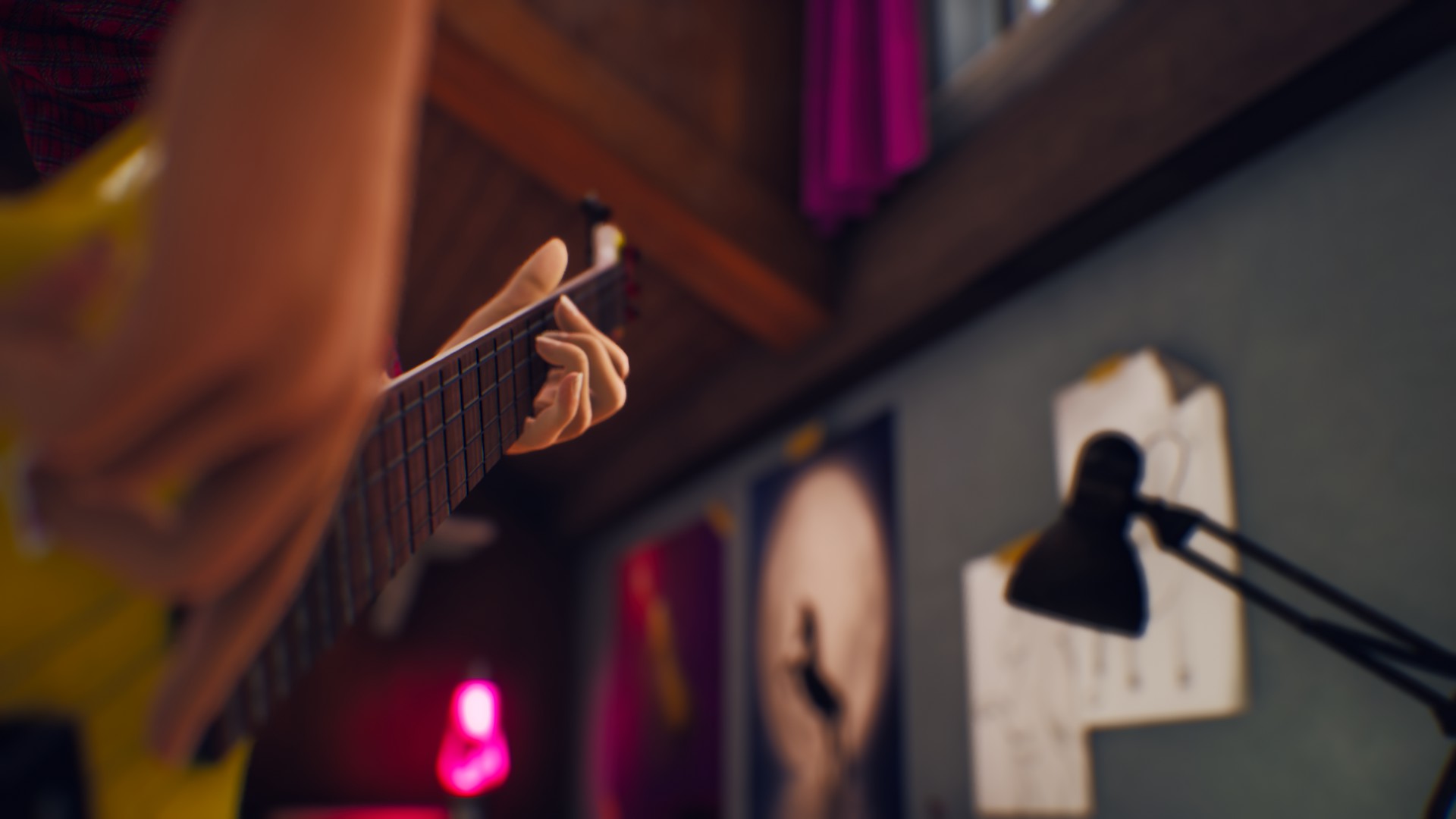

It could have been so much better had they given Rachel more of a voice. Are we meant to sympathize with him? It’s unclear. I was left unsure of how I was meant to feel about Leonard. And rather than Leonard facing up to this in his last moments, he chooses to go off on an arrogant, self-pitying rant instead. What happened to Rachel and her family was the consequence of a grown man seducing a teenager. Rachel and Leonard were not ‘star-crossed lovers’. Instead, I’ll say this: it’s a frustrating, unfair ending. I have several (unsuitable) words I would really like to say about Rachel’s father’s last message. Worst of all, Nicole uncovers a love nest in the attic, and listens to a horribly self-indulgent ramble from her father about how unfair it was that his love for Rachel wasn’t allowed. Other than a couple of references to Nicole’s feelings about her father’s relationship, there’s not anywhere near enough condemnation for a grown man pursuing a relationship with a teenage girl. From this point on, the story pivots to a cliched twist ending which really misses the mark for me. The tension ramps up really quickly at the end, with some creepy moments involving a church and a horrible shrine to Rachel. Quickly, Nicole and Irving connect, and every time Nicole picked up the phone, I gave a sigh of relief knowing they would have a friendly conversation. She does this with the company of the FEMA agent, Irving. Nicole reckons with her own feelings of intense jealousy of Rachel, and her sadness about her father’s betrayal. As Nicole starts to settle in, memories come trickling back, bit by bit. Nicole’s mother wants to sell the hotel and give the profits to Rachel’s family. You find out in the opening scenes that Nicole’s father had an affair with 16-year-old Rachel, potentially causing her suicide. I’ll try to explain this as best I can without spoilers, but if you’d rather not know anything about it at all, you may want to skip to the ‘final verdict’ section. The Baffling Ending of The Suicide of Rachel Foster From the moment you arrive at the garage to find your mother’s car under a thick layer of dust, you feel a sense of foreboding that comes from Nicole’s own hesitance to face up to her past. Mostly, the tension comes from the menacing presence of the hotel itself. (This is why I had to play most of this game in the daytime.)

An excellent section sees you traversing a pitch-black crawl space with only the flash from an old Polaroid camera to light the way. There are a few scary moments, including an unexpected phone call, slamming doors, and scary sounds. Often the scary sounds or flickering shadows turn out to be nothing but the swaying trees outside, but it feels genuinely frightening. Even in the calm moments, you’re half-expecting something to jump out at you. The environments are heavy with the tension that comes from being alone in a place you’re not supposed to be.Īnd this is true of The Suicide of Rachel Foster.

That’s why I loved my favourite walking sim, Everybody’s Gone to the Rapture. There’s something haunting about walking around, completely alone, in a well-designed world that feels authentically abandoned. Luckily, walking simulators exist to fill that gap. Unfortunately I am a wimp, so as far as hobbies are concerned, it’s not really working out. I love the idea of wandering around an abandoned hotel, mansion, or mall. Nicole’s bedroom is excellently nostalgic and felt comforting to be in – I found myself wandering back there during scary moments to take a breath. I particularly liked nosing around the master suite. This is a small thing, but it gives you the motivation to thoroughly investigate. For example, trophies in Nicole’s old bedroom are labelled ‘self-esteem’, and an intense painting of a wolf is named ‘murderous eyes’. Some items are labelled, and although you can’t interact with them, they reveal something about Nicole’s personality.


 0 kommentar(er)
0 kommentar(er)
